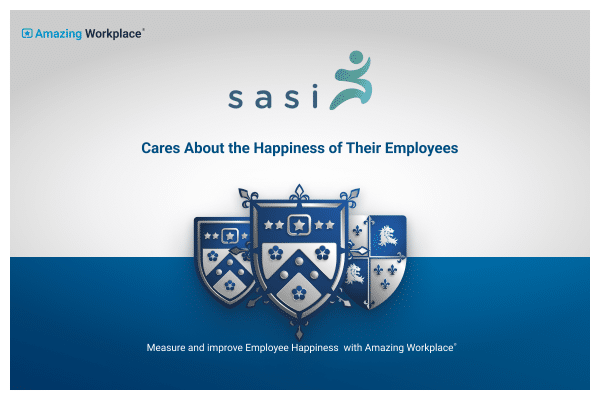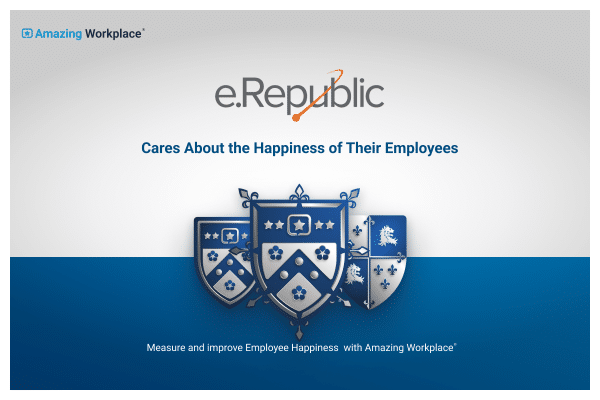The Evolution of Cooperation: Lessons for Today’s Workplaces
What makes cooperation possible—not just between individuals, but across entire organizations?

What makes cooperation possible—not just between individuals, but across entire organizations? Robert Axelrod’s landmark study, The Evolution of Cooperation, provides profound insights into how cooperative behavior can spread even in competitive environments. His research helps us understand why some teams thrive on trust and collaboration while others collapse into isolation, frustration, and disengagement.
The Evolution of Cooperation has been cited over 50,000 times, and is widely regarded as one of the most influential works on cooperation in the social sciences.
Axelrod’s Key Insight: Cooperation Can Win
In his famous tournaments, Axelrod invited scholars to submit strategies for playing repeated rounds of the Prisoner’s Dilemma, a game that pits self-interest against collaboration. The surprise winner was the “Tit for Tat” strategy, in which players cooperate first, then mirror the other party’s last move. It was simple, forgiving, and reliable. Over time, Axelrod showed that cooperative strategies not only survived but spread, because they created mutual benefit and trust.[1]
The lesson for workplaces is clear: when individuals see that cooperation is rewarded and reciprocated, it becomes contagious. Teams begin to align around trust, fairness, and communication.
How it Relates to Your Workplace
At Amazing Workplace, we see the same principles play out in organizations every day. Employees who feel valued and connected are more likely to cooperate—sharing ideas, helping colleagues, and working toward common goals. This isn’t just a feel-good idea; it’s a proven driver of organizational success. Cooperative cultures lead to higher productivity, stronger retention, and greater resilience in the face of challenges. [2] [3] [4]
Conversely, when employees are disengaged, demotivated, or distrustful, the opposite occurs. Communication breaks down. Departments become siloed. Individuals protect their own interests at the expense of the collective good. The result is stagnation, wasted energy, decreased productivity, and declining morale.
Cooperation vs. Unhappiness
- Cooperative cultures: Employees trust leadership, share openly, and enjoy coming to work. Collaboration becomes the default mode of operation. Problems are solved faster, innovation flows naturally, and teams feel proud of their contributions.
- Unhappy cultures: Unhappy employees withdraw effort, avoid communication, and view their colleagues as competitors instead of partners. Trust erodes around them, cooperation vanishes, and the organization pays the price in turnover, missed opportunities, and poor results – not just with the one unhappy employee – but in a network around them.
The difference between these two cultures often lies in whether cooperation is nurtured or neglected. Time and again, we have seen companies successfully nurture their employees by collecting honest employee feedback, taking it seriously, and implementing targeted changes to help the workplace thrive.
Building Cooperative Workplaces
Our mission at Amazing Workplace is to ensure companies create environments where cooperation flourishes. Through surveys, training, and actionable insights, we help organizations measure employee happiness, improve communication, and build cultures of trust. In essence, we bring Axelrod’s lessons to life in the modern workplace: proving that cooperation isn’t just possible, it’s the most effective path forward.
By investing in happiness and cooperation, companies aren’t just improving morale—they’re building the conditions where success can naturally grow and spread, one individual at a time, just as Axelrod showed in his groundbreaking research.
[1] Axelrod, Robert. The Evolution of Cooperation. Stanford University, 1984. PDF file.
[2] Jeffery, Barbara, Brooke Weddle, Jacqueline Brassey, and Shail Thaker. Thriving Workplaces: How Employers Can Improve Productivity and Change Lives. McKinsey Health Institute, Jan. 2025. PDF file.
[3] De Neve, Jan-Emmanuel, George Ward, and Clement Bellet. “Happy Workers Are 13% More Productive.” University of Oxford News, 24 Oct. 2019. Web.
[4] Obodozie, Nkechi Mariette, and Ikechukwu Josephat Nwabufo. “Promoting Collaboration in the Modern Workplace: A Path to Productivity and Resilience.” World Journal of Advanced Research and Reviews, vol. 25, no. 2, Feb. 2025, pp. 524–533. PDF file.


